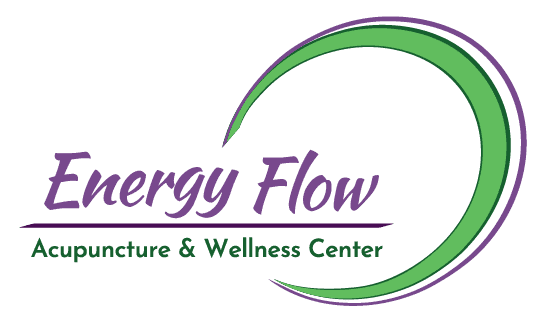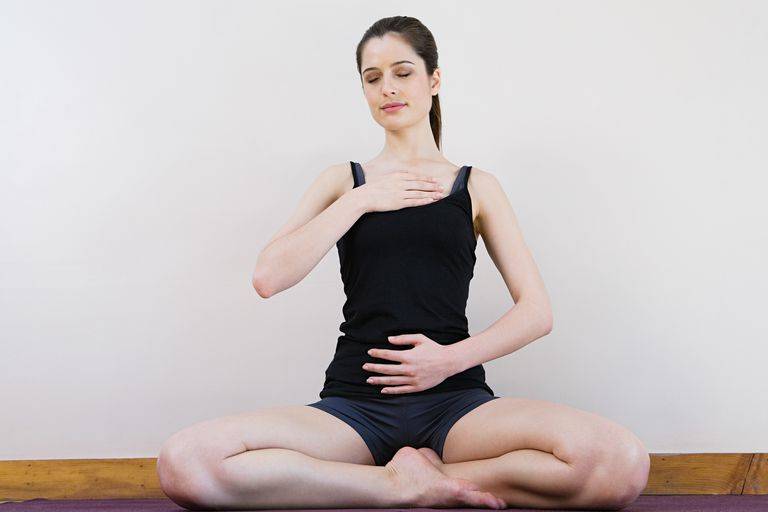Believe it or not, but the way you breathe can impact your health! And vice versa. The diaphragm is a muscle that sits under the lungs between the chest cavity and the abdominal cavity. As with any muscle in the body it can get tight or spastic or out of shape. What’s more, is the connective tissue surrounding the diaphragm connects it to so many different parts of the body, thus implicating it in any type of pain or dysregulation in the body.
Luckily, we can affect the health of the diaphragm and its movement through breathing exercises. practicing mindful breathing every day does more than just calm you down for a few minutes. It retrains and exercises the diaphragm thus helping to relax and reprogram many other muscles and tissues they connect with all over your body.
How does diaphragmatic breathing (also called deep breathing or a 3 part breath) detoxify and restore our bodies?
Deep breathing stimulates the lymph nodes and assists lymph drainage (think of the lymphatic system like the sewage system of the body, where debris and toxins are collected and then eliminated). In fact, it increases the rate of elimination as much as 15 times!
When the diaphragm moves up and down in deep breathing, it stimulates the vagus nerve, which houses many of the parasympathetic nervous systems’ fibers. This is important because the parasympathetic nervous system is responsible for the ‘rest and digest’ response. When we are able to digest we absorb more nutrients to build and protect our bodies and when we can rest, our bodies are given a chance to repair. -Deep breathing assists the circulatory system, improving blood circulation, another major channel of elimination and detoxification.


